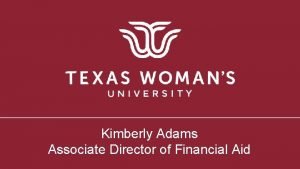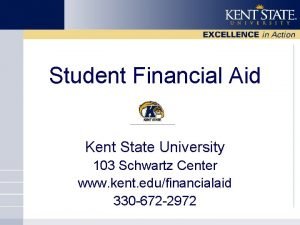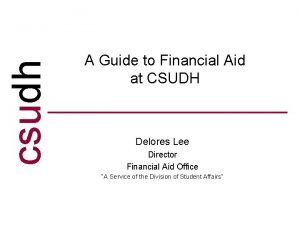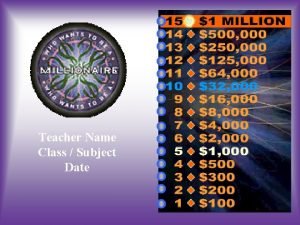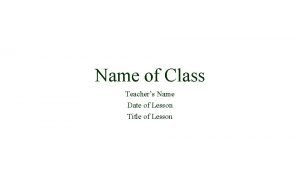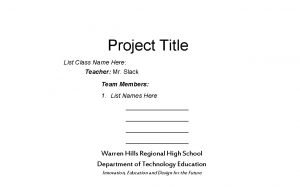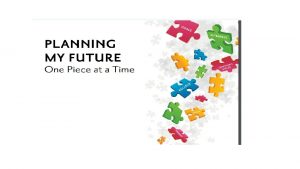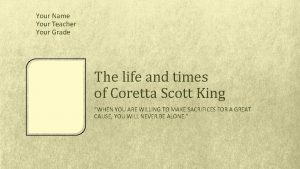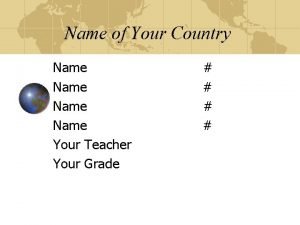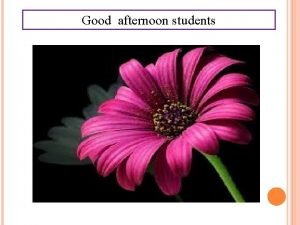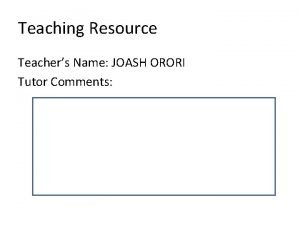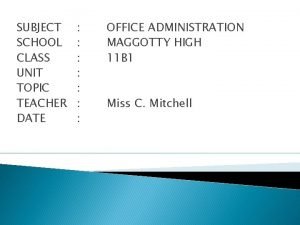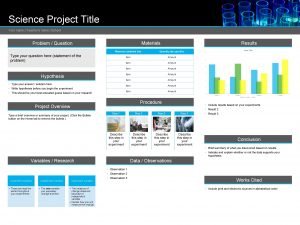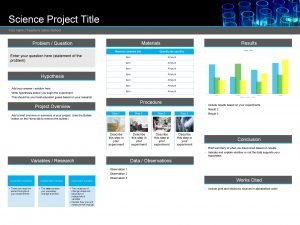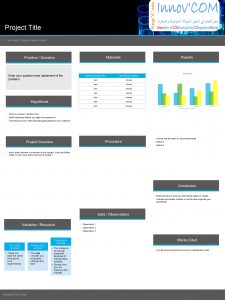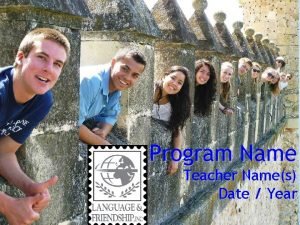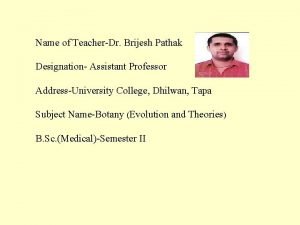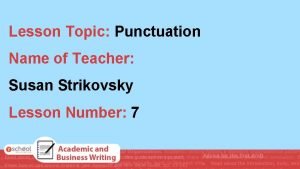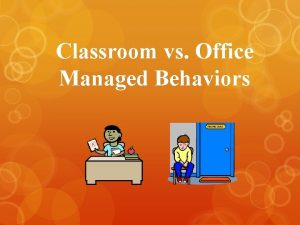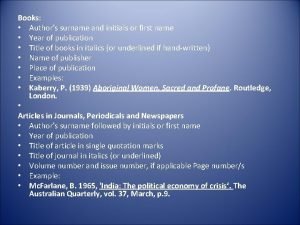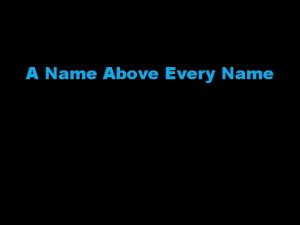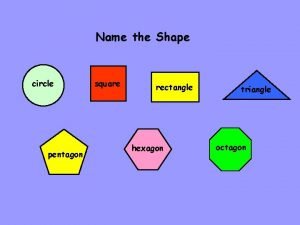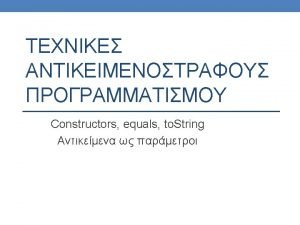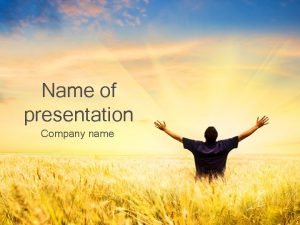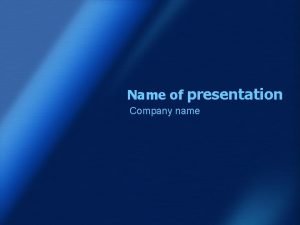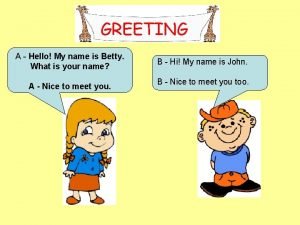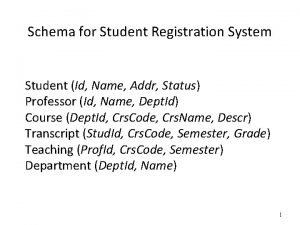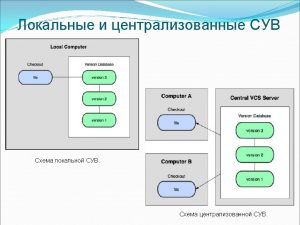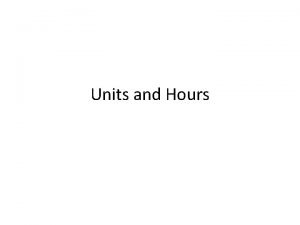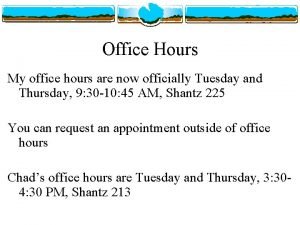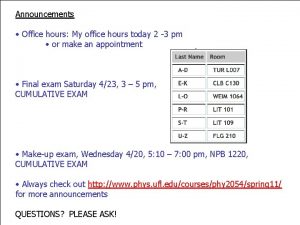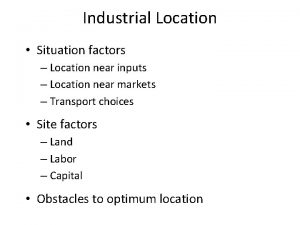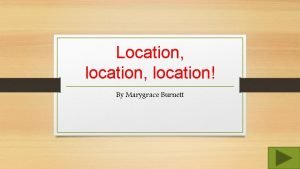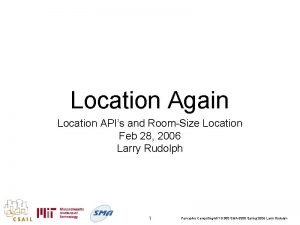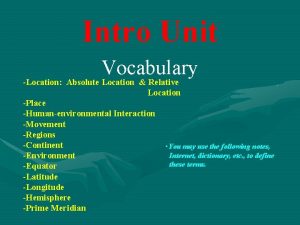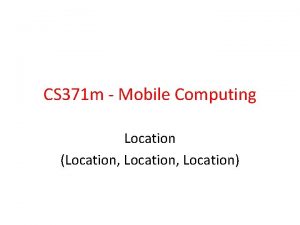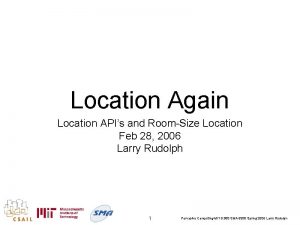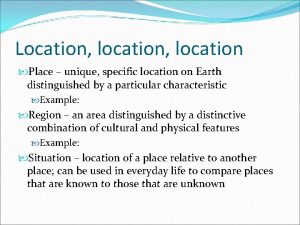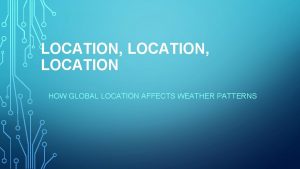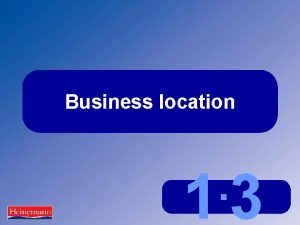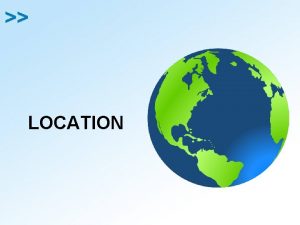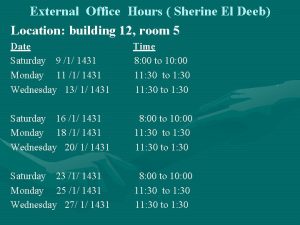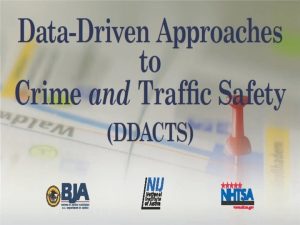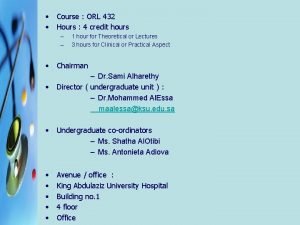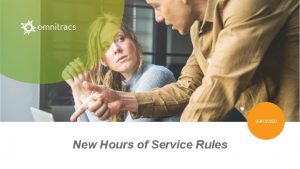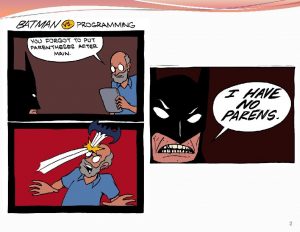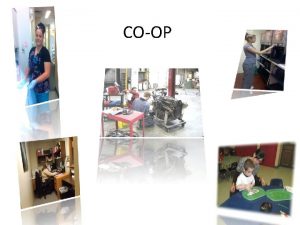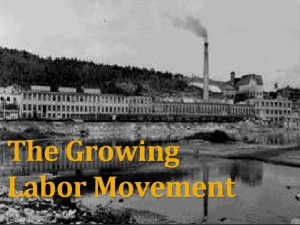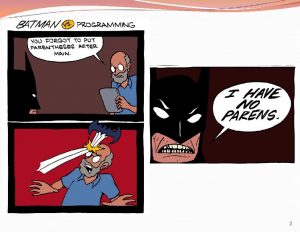Name of Teacher Office Hours Office Location of







































- Slides: 39

Name of Teacher………………… Office Hours: ----------------------Office Location of Course Coordinator-----427 Practical Computer Literacy, 3 rd Edition 1

Important Announcements Lab work evaluation + Attendance 3 Quizzes (Multiple choice Web. CT-based) 3 Homework (Multiple choice Web. CTbased) 4 Major Exams Total Passing Marks for this Course is Practical Computer Literacy, 3 rd Edition 60 10 % 15 % 60 % 100 2

Important Announcements • Use of mobile phone is prohibited. • Come in proper Dress Code(Sleeveless tee shirts, shorts, sandals will not be accepted, ) • More Than two absent is DN • Two late is one absent Practical Computer Literacy, 3 rd Edition 3

Book Reading • Book reading is very important • For first two weeks lectures please go through the chapters (1, 2, 3, 5, 7) Practical Computer Literacy, 4 th Edition 4

Objectives • Develop an understanding of – What is a computer? – How computers are classified? – What is a computer system? – What is computer hardware? – Please listen carefully , after every 2, 3 slides questions will be asked Practical Computer Literacy, 3 rd Edition 5

What is a computer? • Computer – Multipurpose digital device that: • Accepts input • Processes data according to a series of instructions (called computer programs or software) • Stores data • Produces output Practical Computer Literacy, 3 rd Edition 6

What is a computer? • • Data. . . ? Computer input…………? Processing………? Computer output………? Practical Computer Literacy, 3 rd Edition 7

What is a computer? • When you Login to Face book • • Data. . . ? input…………? Processing………? output………? Practical Computer Literacy, 3 rd Edition 8

Brainstorming……………. Withdraw money from Bank ATM Machine Input------? Output--------? Process---------? Data…………………. ? Practical Computer Literacy, 3 rd Edition 9

What is a computer? Practical Computer Literacy, 3 rd Edition 10

How are computers classified? • In order of size and computing power: q. Supercomputers q. Mainframes q. Servers q. Personal computers Practical Computer Literacy, 3 rd Edition 11

How are computers classified? Supercomputer: One of the fastest computers in the world. Speed measured in petaflops (PFLOPS) Practical Computer Literacy, 4 th Edition Main Frame: Capable of simultaneously processing data for thousands of users Server: “Serves” data to computers connected to a network 12

How are computers classified? • Personal computers – Designed to meet computing needs of an individual – Further classified as • Desktop • Portable • Mobile devices Practical Computer Literacy, 4 th Edition 13

How are computers classified? Desktop computers including Desktop All-in-one fit on desks and run on power from wall outlets Practical Computer Literacy, 4 th Edition Portable computers Include notebooks, laptops and ultrabooks Mobile devices Tablet computers: Examples: Apple i. Pad, Samsung Galaxy Smartphone: 14

Super Computer in Saudi Arabia • KAUST’s new Shaheen XC 40 ranks seventh in world’s top ten supercomputers Practical Computer Literacy, 4 th Edition 15

Brainstorming……………. Which of the following orders the devices in increasing order in terms of size and processing power? 1. Tablet, notebook, mainframe, PDA. 2. Notebook, PDA, mainframe, tablet 3. PDA, tablet, notebook, mainframe 4. Mainframe, notebook, tablet, PDA. Correct Answer: ----- Practical Computer Literacy, 3 rd Edition 16

What is a Computer System? A complete computer system consists of four parts 1. Hardware 2. Software 3. Users 4. Data Practical Computer Literacy, 3 rd Edition 17

What is a Computer System? PC Component Description System unit Circuit boards, CPU, power supply, memory, storage Display device Monitors and screens Keyboard Primary input device Mouse/touchpad For manipulating graphical objects and controls Storage devices Hard disk drives, CD/DVD drives, solid state drives Connection ports For plugging in cables for mice and keyboards USB ports For plugging in devices (e. g. , USB flash drive) Memory card slots For transferring data from memory cards Sound card/speakers For recording and playing music, narration, sound effects Camera Usually built-in Printer Output device Practical Computer Literacy, 4 th Edition 18

Hardware Practical Computer Literacy, 3 rd Edition 19

Hardware (cont. . ) Practical Computer Literacy, 3 rd Edition 20

Motherboard (cont. . ) Practical Computer Literacy, 4 th Edition 21

Hardware (cont. . ) • Main categories of computer hardware – Processor – Memory (also called main memory or primary memory – Storage ( also called secondary memory) – Input/output devices Practical Computer Literacy, 3 rd Edition 22

Processor A processor consists of three functional units • Instruction cycle – Execution of each instruction consists of 4 steps: 1. Fetch 2. Decode 3. Execute 4. Store 1. Arithmetic Logic Unit (ALU) -- performs arithmetic operations such as addition • Processor speed is and subtraction. measured in 2. Registers --- hold data that is – Megahertz (MHz) --- one being processed by the ALU million instruction cycles per second 3. Control Unit (CU) --- fetches – Gigahertz (GHz) --- one billion each instruction from the instruction cycles per second memory and instructs the ALU to process it Practical Computer Literacy, 3 rd Edition 23

Processor------Questions • • Three main Unit of Processor? Register Holds …………………. . CPU speed measure in ………………. . Steps in Instruction cycle Practical Computer Literacy, 4 th Edition 24

Memory • Types of memory – RAM (random access memory) • Temporary • Volatile • The “waiting room” for processor – ROM (read-only memory) • More permanent • Non-volatile Practical Computer Literacy, 4 th Edition 25

Memory Units of Measure for Computer Memory Prefix “mega” means a million, or in context of bits and bytes, 1, 048, 576 Megabits is used when referring to speed of data transmission Megabytes is used when referring to file size, CD capacity, or video card memory capability Practical Computer Literacy, 3 rd Edition 26

Storage • A computer needs a place to store program files and related data when they are not in use. • Storage is used to store programs and data permanently • Storage is similar to electronic file cabinet • There is more space in storage than in memory. • Contents are retained in storage when the computer is turned off. • Storage is very slow when compared to the memory • Storage is cheaper than the memory. Practical Computer Literacy, 4 th Edition 27

Storage Difference Between Storage and Memory? • Practical Computer Literacy, 3 rd Edition Optical drives o CDs (compact disc): 650 -700 MB capacity o DVDs (Digital video disc): 4. 7 GB capacity o Blu-ray disc: 25 GB capacity Solid State Drive (SSD) 28

Brainstorming……………. A volatile memory is A. B. C. D. Small in size Cheap in terms of price Slow in storing and getting data Stores the data temporarily Correct Answer: -----------USB flash is volatile (true/False) Practical Computer Literacy, 3 rd Edition 29

How do computer circuits manipulate data? • Most computers are electronic, digital devices – Digital devices work with discrete data, such as digits 1 and 0, or like a light switch – on or off – Analog devices work with continuous data, like a dimmer switch with continuous range Practical Computer Literacy, 3 rd Edition 30

How do computer circuits manipulate data? • Computers employ several codes to represent character data, including: – ASCII – requires only seven bits for each character – Extended ASCII – requires eight bits for each character – EBCDIC – is eight-bit technology used on older, IBM mainframe computers – Unicode uses sixteen bits and provides code for 65, 535 characters Practical Computer Literacy, 3 rd Edition 31

How do computer circuits manipulate data? Processing : The procedure that transforms input data into output (useful information) is called processing The processor and memory together perform this transformation or do the processing Practical Computer Literacy, 3 rd Edition 32

(Input/output) Peripheral Devices • A computer would be useless if it cannot take data from its users and after processing it return the results. • A peripheral device is any input or output component that connects to a computer • An input device is used to accept data and instructions from the user or from another computer system • An output device is used to return processed data to the user or to another computer system Practical Computer Literacy, 3 rd Edition 33

(Input/output) Peripheral Devices Input devices • • • Keyboard Mouse Touchpad Scanners Digital cameras Joysticks Microphone Trackballs A graphics tablet features pressure -sensitive surface and pen for freehand drawing A digitizing tablet provides flat surface for vector drawing such as blueprints and technical drawings Practical Computer Literacy, 3 rd Edition Output devices • Monitor – The most commonly used output device – Types of monitors • Cathode ray tube (CRT) • LCD display produces image by manipulating light within layer of liquid crystal cells • Plasma screen creates image by illuminating miniature colored fluorescent lights in panel-like screen – A touch screen is an example of a device which acts as both input and output device. – Printer 34

Users and Data • Users – People who use the computer and interact with it • Data – Data consists of individual facts or bits of information like cell phone number, date of birth of a person, etc. – The Computer reads and stores data of all kinds (words, numbers, images, or sound) in digital form – Within computer, data is organized into files Practical Computer Literacy, 3 rd Edition 35

Activity Time-Questionnaire • • • Sit in a group of 3 students Please Read Question From Next slide. Discuss question with each other in a group Write the Answer on paper Discuss answers with teacher Practical Computer Literacy, 4 th Edition 36

Activity Time-Questionnaire (write the answer on Paper--) • • • 2 byte= ----bits; 1 Terra byte = …………. bytes. Write the four major differences between storage and memory. What factors effect computers speed and power What are the four main categories of computers. Give 3 examples of real life systems/processes that uses computers or a computer system. The A 4 processor found in the i. Phone 4 also had 512 MHZ of RAM (True/False) Processor speed of my smart phone is 4 GB (true/False) Identify as either a hardware or a software from the following; – A cup of tea placed on some table – Thoughts in my mind Name of three Software in your Smartphone Name of any three input and three output devices Write steps of one instruction cycle. Practical Computer Literacy, 3 rd Edition 37

Activity Time-Questionnaire (write the answer on Paper--) • Explain the information above according to all of what you have learned today. Practical Computer Literacy, 3 rd Edition 38

Software……………. . Next Lecture Practical Computer Literacy, 4 th Edition 39
 Factory office plan
Factory office plan Name a point that is collinear with the given points
Name a point that is collinear with the given points Twu fafsa deadline
Twu fafsa deadline Financial aid kent state
Financial aid kent state Financial aid office csudh
Financial aid office csudh Instructor office hours
Instructor office hours A cross country skier moves from location a
A cross country skier moves from location a Chapter 8 location planning and analysis
Chapter 8 location planning and analysis List of requirements for erf
List of requirements for erf Good afternoon dear students
Good afternoon dear students Name class subject design
Name class subject design Name date class
Name date class How to write teachers name on project
How to write teachers name on project Name date class teacher
Name date class teacher Your teacher's name
Your teacher's name King legacy
King legacy What was your first teacher's name
What was your first teacher's name What is the name of your teacher
What is the name of your teacher Good afternoon students gif
Good afternoon students gif What is a noun
What is a noun Name class teacher date
Name class teacher date How to write teacher name in project
How to write teacher name in project How to write teacher name in project
How to write teacher name in project How to write teachers name on project
How to write teachers name on project Name class teacher date
Name class teacher date Name of teacher
Name of teacher Name of teacher
Name of teacher Classroom vs office managed behaviors
Classroom vs office managed behaviors First surname
First surname Name above every other name
Name above every other name Pentagon shape sides
Pentagon shape sides Private.com
Private.com Hello my name is first name bunch of numbers
Hello my name is first name bunch of numbers Name of presentation company name
Name of presentation company name Name of presentation company name
Name of presentation company name Her name is betty
Her name is betty How old is she
How old is she Student id name department name
Student id name department name Git config user name
Git config user name Lecturer's name or lecturer name
Lecturer's name or lecturer name


